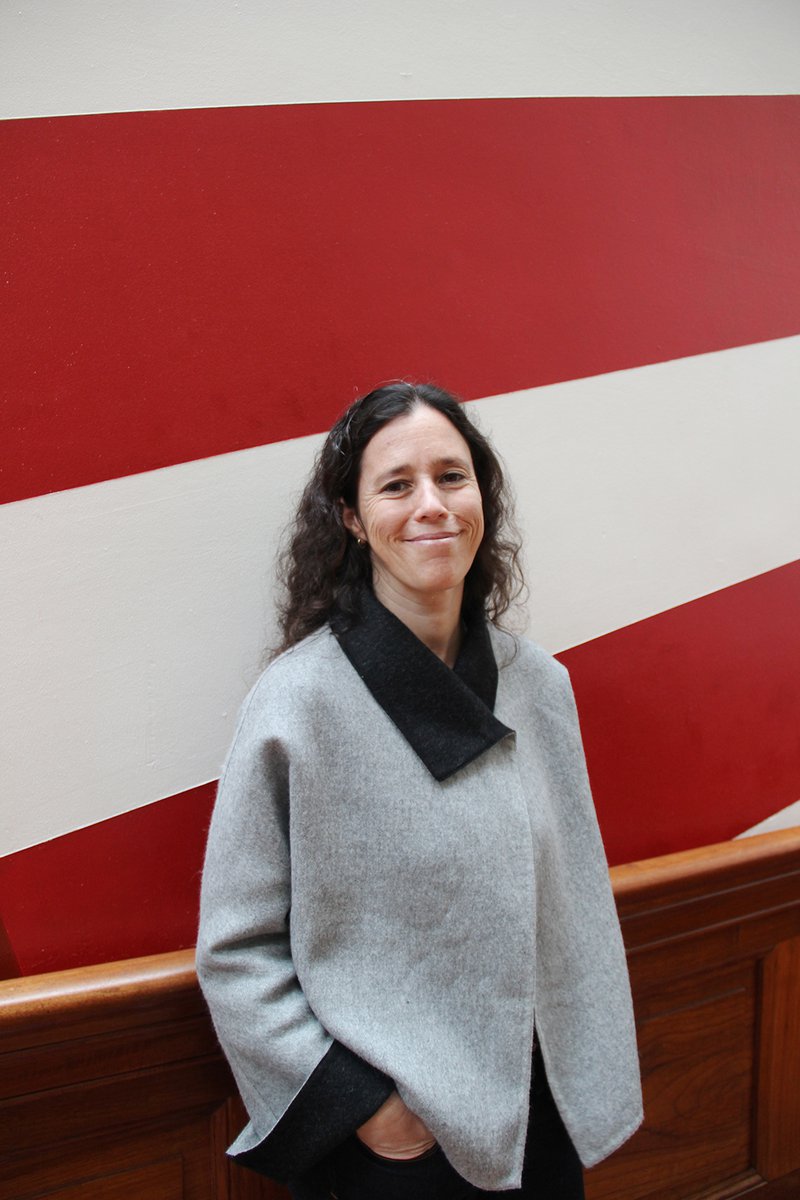Sharon Lerner

The overarching experience of attending the CIMAM 2018 Annual Conference in Stockholm was positive. Not only did it allow for a quite comprehensive understanding of Stockholm’s more established institutional art scene (with the Moderna Museet, Bonniers Konsthall and Accelerator – Stockholm University and Magasin lll Museum & Foundation for Contemporary Art as main hosts and venues) but, like all CIMAM gatherings, it allowed for a productive encounter with curators and museum professionals from around the world, to network but also to exchange ideas on how to address shared challenges. The conference allows for focused discussions, without having the constraints of larger global art events that revolve around the art market or a particular large-scale exhibition. As a collegial forum for museum workers, these CIMAM conferences are an invaluable platform for different professionals to contrast their institutional realities, to understand similarities and differences with other institutions with varied scales, latitudes, and missions; and to look for shared strategies.
In Stockholm the conference was divided in three days of sessions around the following topics: 1) Global Realities – Challenges for Modern and Contemporary Museums, 2) The Future Intelligence of Museums, and 3) Ethics of Museums in an Age of Mixed Economy. The first two days included also lunch workshops to collectively discuss in smaller groups two main topics related two urgent matters in the field: a) CIMAM’s Museum Watch initiative and the question on how to best recalibrate the effort to respond to critical situations that impact museum professionals around the world in a timely manner, and b) the question about curatorial independence in relation to the financing / ethical issues related to potential conflict of interest or imposed agendas by sponsors.
The first two days of sessions were adequate, but I felt were slightly less productive to the nature of the conference. For example, the afternoon spent at Stockholm University was reiterative and unnecessary long. Although Janine Antoni is a respectable artist (I appreciate her work) it was not clear why so many scholars and presentations revolved around one or two of her pieces… the conference was hardly an adequate platform for such presentations, particularly facing such a tight schedule.
The presentations on The Future Intelligence of Museums were really interesting –I wished Lars Bang Larsen has had a little more time given the extent his presentation– but in general I expected to have the discussion direct itself more to the future of audiences, sustainability and handling of collections and less on exhibitions and exhibition history (again a fascinating field but the discussion less focused on issues pertinent to the institutional realm).
I believe that the discussion on the third and final day Ethics of Museums in an Age of Mixed Economy was by far the most complex and productive. Both the keynote speakers, the perspectives and final discussions were really strong in laying out the urgent problematics facing different kinds of art scenes and scenarios. Jörg Heiser’s poignant presentation on the curator as a scapegoat was an insightful analysis of the conundrums facing an increasing spectacle- and market-oriented global art scene, confronted with the instrumentalization of art professionals working in European public art institutions for political purposes and in the press. Anne Gallagher and Mami Kataoka did brilliant presentations on specific case studies. The Mori Art Museum was introduced as an emblematic case of a corporate-funded museum model that serves a public purpose and serves as a counter model to many of the more discussed scenarios of the public institutions in Europe. Anne Gallagher’s presentation on the Tate as a case study was illuminating on the specific codes of ethics and good practices existing in the UK. Besides the general ICOM guidelines, Tate’s Ethics Policy follows the UK Museum association codes of Ethics, and as a public institution adheres to the UK Government’s Seven Principles of Public Life (Selflessness, Integrity, Objectivity, Accountability, Openness, Honesty and Leadership). These means a sustainable and transparent model that is self-regulated and that could be used as a reference for other institutions and contexts. A large part of the discussion revolved around the last Sydney Biennial. It was interesting to see how the discussions unraveled and prompted live and pertinent exchanges with the audience as well.
The workshops were pertinent and urgent and I believe they were one of the successes of the Conference. The conclusions: to have more local specificity, decentralized committees were pertinent and to assess each response individually having a larger knowledge on the context.
Finally, I enjoyed enormously the opportunity to visit Iaspis the last day. It was a brief glimpse on other aspects of the local art scene that was absent from the general framework of the conference due to a tight schedule.